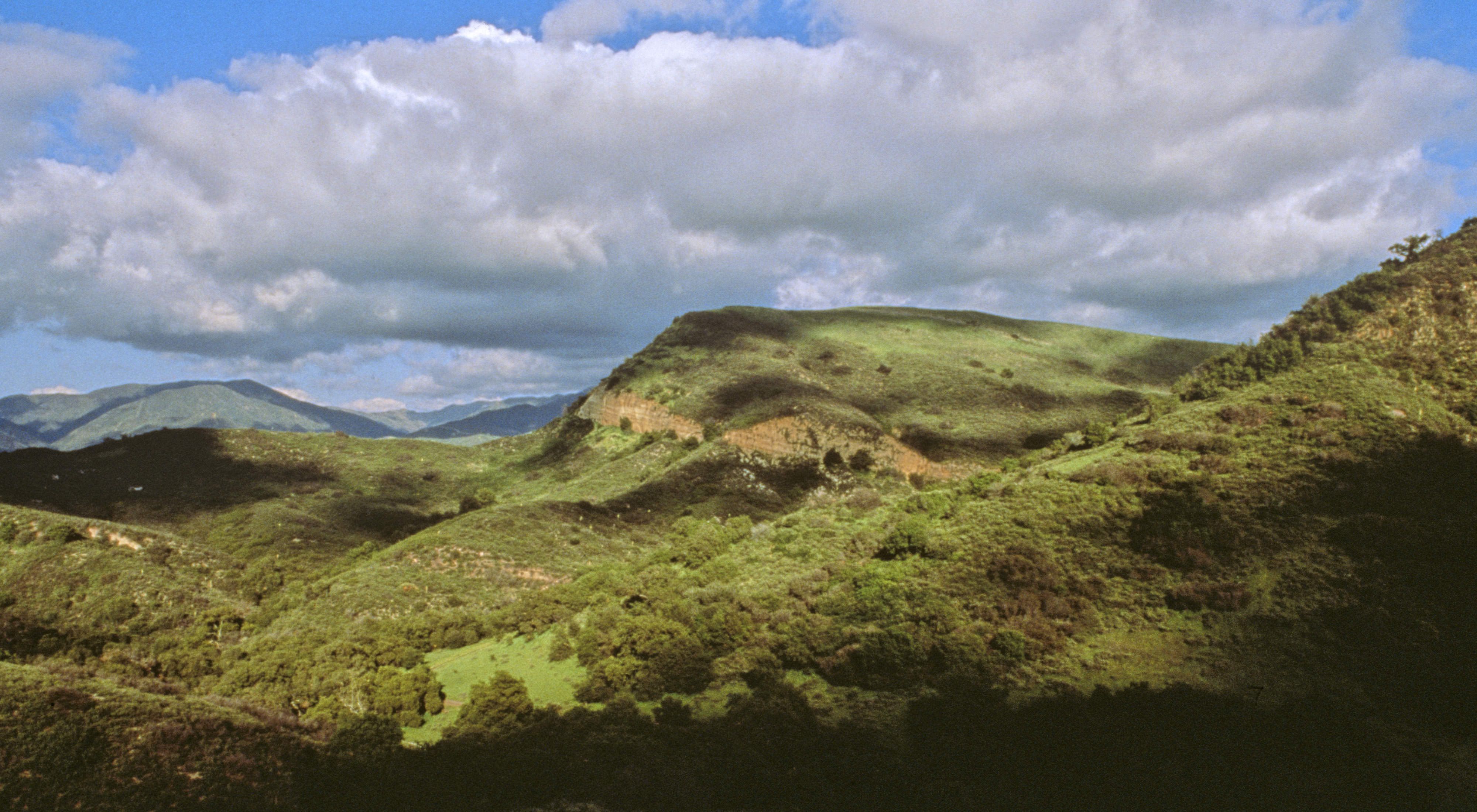Description
The Santa Ana Mountains represent a microcosm of California’s natural world in one place. Astonishingly, one of the country’s most intense concentrations of wildlife survives within one of its most densely developed regions. Thanks to conservation efforts, residents and visitors to the region can continue to enjoy the full complement of the state’s resplendent landscapes.
Here is the largest coastal open space in southern California, some of its rarest woodlands, its most impressive grasslands, as well as extensive chaparral. The only year-round free-flowing river in the vicinity—the Santa Margarita—runs down the southern end of the mountains, and a steep-walled sandstone ravine reminds onlookers of a small-scale Grand Canyon.
Many species draw sustenance from these environments, including threatened songbirds such as the least Bell's vireo and the California gnatcatcher along with the San Diego coast horned lizard and the endangered San Diego fairy shrimp. Foxes, bobcats, mountain lions, red-tailed hawks, coastal cactus wrens and black-shouldered kites all reside in the varied terrain around the Santa Anas.
Santa Rosa Plateau Ecological Reserve
In 1983, Riverside County’s urban sprawl threatened to engulf southern California’s most spectacular native grasslands, unique Engelmann oak woodlands and the region’s last remaining vernal pools. The Nature Conservancy and its partners fought to preserve this space—known as the Santa Rosa Plateau—that is so abundant with native plants and animals. Today 10,000 acres have been conserved, and the 60,000 people who visit the Santa Rosa Plateau Ecological Reserve each year can attest to its value to both wildlife and the human community.
Irvine Ranch Land Reserve
Through an unprecedented partnership with The Irvine Company, The Nature Conservancy developed a stewardship plan that would provide public access to more than 30,000 acres on the historic Irvine Ranch, while focusing on habitat management and restoration. Once restricted to cattle and ranchers, this expansive wilderness network composed of Orange County Parks, State Parks and city of Irvine open space lands touches both mountain and ocean and boasts the county’s most extensive areas of coastal sage scrub and oak and sycamore woodlands as well as the rare Tecate cypress, found only in three other areas of California, and streams lined with blackberries and monkeyflowers.
Wildlife Corridors
The Nature Conservancy is working to create two protected corridors in the Santa Ana Mountains. These corridors—increasingly crucial to wildlife as they are forced to adapt to habitat loss and climate change—benefit mountain lions and other species that require large ranges for long-term survival. Without the Tenaja Corridor, which links the Santa Rosa Plateau and the Cleveland National Forest, the Santa Rosa Plateau risks becoming an ecological island unable to sustain the long-term health of its native plants and animals.
Another corridor—connecting the Santa Ana Mountains through the Santa Margarita Ecological Reserve to the Palomar Mountains and other protected areas in the greater Peninsular Ranges region—faces several existing and proposed challenges. The Conservancy is seeking solutions in this area that balance human needs with conservation values in a mutually beneficial relationship.
How You Can Help
Be a part of conserving California’s iconic landscapes. Please consider donating to the California program or becoming a member of The Nature Conservancy.
Fast Facts
- Location: Southern California between Los Angeles and San Diego in Orange and Riverside counties
- Size: 550,000 acres
- Conserved by TNC: More than 20,000 acres
Partners
- California Department of Fish and Game
- California Wildlife Conservation Board
- Camp Pendleton Marine Base
- County of Riverside
- The Irvine Company
- Orange County Parks
- Metropolitan Water District
- San Diego State University
- U.S. Fish and Wildlife Service
- Western Riverside County Regional Conservation Authority
- Riverside Land Conservancy
